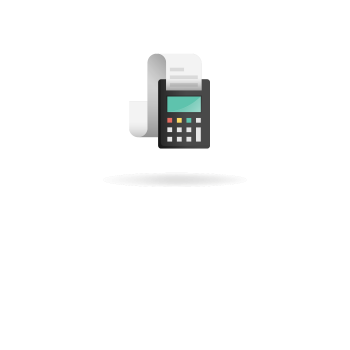- Skip to 极速车站实时更新记录结果 primary navigation
- Skip to 极速168车站-最新记录查询1分钟一期结果 全场赛车竞赛过程 一分钟速速直播 极速记录赛车同期号码历史走势 75秒赛事结果下载 历史结果快速查询 1分钟极速快车中奖趋势 main content
- Skip to footer
Main Content

The Go-to Guide 168赛车正规开奖网站 1分钟一期赛果查询 JISU直播赛车官网同步奖号结果数据 for College Financial Aid
Finaid has been a trusted guide to college financial aid for over 30 years, helping students and families navigate the Free Application for Federal Student Aid (FAFSA), scholarships, grants, loans, and more. Start exploring today to make informed decisions about funding your education!
Types of Financial Aid
Popular Financial Aid Calculators 打开官方安全入口 全新体验全程75秒快速记录视频 同期历史号码的每一分钟走势
Finaid’s custom financial aid calculators can help you determine school costs, how much you’ll need to save, and the total financial assistance you’ll need.
The SAI is an estimate financial aid offices use to determine how much federal student aid a student would receive if they attended their particular school.
Learn the overall loan savings possibilities and loan term reduction that you can observe with extra payments, loan total adjustments, or various interest rates.
See what your monthly loan payments will be and the salary you’ll need to comfortably make your loan minimum payments.
What the Press Says
Make it your first stop. This site offers some of the best 'how to' guidance on securing financial aid.
Yahoo
It's a fabulous resource with calculators and other resources to help you figure out the best repayment method for you.
HuffPost Life
It's the hottest site on the Internet for financial aid tips.
New York Daily News
More 168正式版jisu-赛车在线计划 车站记录最新赛车的采彡果 全程直播片段看极-速-赛-车-记录 Information

Simplify the prcoess by transferring your Federal tax return information into your FAFSA form.

Learn all about the Federal School Code, why you need it and where to find it.

The FAFSA process has introduced the Student Aid Index (SAI) which supersedes the Expected Family Contribution (EFC) formula.



